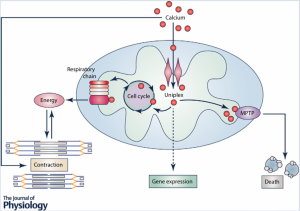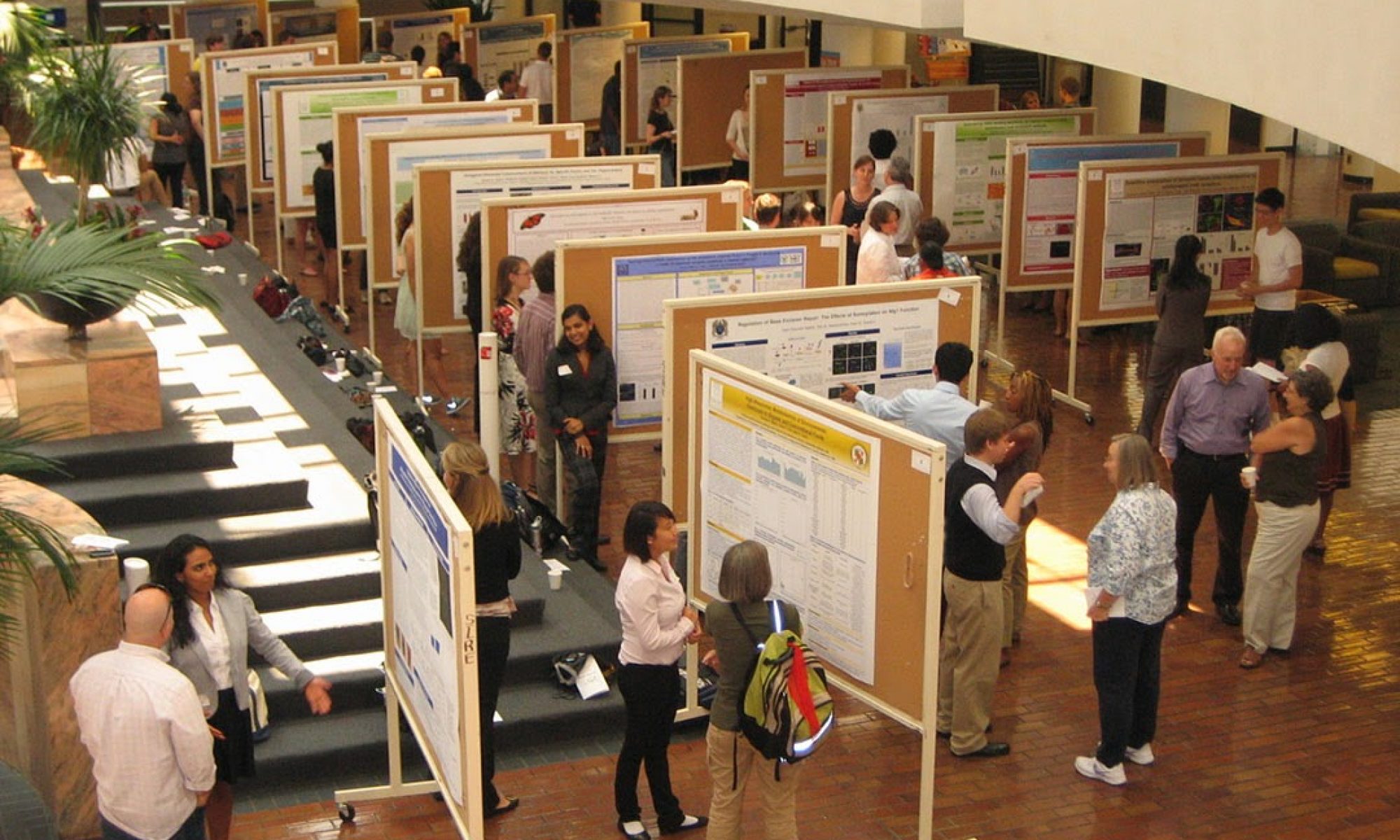Introduction
My name is Tyler Pham, and I am currently a junior at Emory University. I am pursuing a degree in both Biology and Chemistry. This year, I will be researching in Dr. Jennifer Kwong’s Lab to better understand the mitochondrial calcium uniporter.
Research
Dr. Kwong’s Lab primarly focuses on a specific calcium uniporter within mitchondria called the Mitochondrial Calcium Uniporter (MCU). MCU is located in the inner membrane of the mitochondria and is responsible for uptaking calcium. Calcium acts as a second messenger that is able to both increase ATP production and signal cell death during a calcium overload. Understanding how the MCU works will help prevent cell death during calcium overload in such events like a heart attack (ischemia-reperfussion). Not much information is known about the MCU, but it is fairly certain that the MCU is made up of 4 subunits that together form a tetramer pore. Dr. Kwong’s Lab conducts research to both better understand how the subunits function and to improve regulation methods to this uniporter.
 Image from Kwong (2015)
Image from Kwong (2015)
Involvement
My research project primarly focuses on laying a foundational knowledge to better undestand how the MCU subunits function. I will be measuring and comparing the calcium influx between an untransfected MCU and genetically mutated MCU with variant subunits. The variant subunits will contain differnet selectivity filters embedded within them to alter the flow of calcium into the tetramer pore. By analyzing the effects of mutating the subunit, we can better understand how the MCU functions.
I have only started working in Dr. Kwong’s lab for less than 2 weeks, and I have already learned so much from working with her. She has been training me in workshop like sessions to teach me the various skills and techniques I would need to know to work in her lab. So far, I have learned how to properly grow and plate cell tissue cultures and how to isolate proteins by lysing cells. In addition, I am currently perfecting how to measure calcium influx using a confocal microscope that is able to detect fluorescent dyes with lasers. I only have a few more skills and techniques to learn, and I hope to finish in the next couple of days.
Future Plans
I hope to finish up learning all of the necessary skills required to work on this research project. In addition, I plan to calculate and collect my first data set from the intial untransfected cell lines. I am excited to see where this project leads and what potential can come out of it. I hope to see my efforts play a major role in the future studies to come.
References
Kwong, Jennifer Q., and Jeffery D. Molkentin. “Physiological and Pathological Roles of the Mitochondrial Permeability Transition Pore in the Heart.” Cell Metabolism, vol. 21, no. 2, 2015, pp. 206–214., doi:10.1016/j.cmet.2014.12.001.


Hi Tyler,
I think you did a good job of giving an overall summary of your research topic, but I have a few suggestions to make as a reader. First, your blog post is very jargon-heavy. As a person not working in your lab, it is hard for me to understand what certain terms, for example a uniporter, mean. Also when you are explaining the mechanism behind MCU subunits, it would be helpful for the reader if there was some kind of visual representation of what is going on in the MCU. Besides that, I think this is a great blog post!
Hi, Tyler
This is a good blog post to read! I think you did a good job of giving an overall summary of your research topic, explaining the pathophysiological role of calcium in the heart attack. I also like the self-explanatory figure/diagram you included to illustrate links between mitochondrial function, MCU subunits, and cell death. There is only one thing that I would suggest perhaps including more data or pictures of calcium influx under a confocal microscope. In addition, it would be a good idea to elaborate more on the relevance of the skills you learned with the research and jargon such as tetramer pore and calcium influx.
Hello Tyler,
I really like the post! The figure helped a lot for someone who is not in the STEM field, but the terms still present a difficulty for a non-science person to access. I had a similar problem with my blog post too. Maybe you can include a little word bank for some quick definitions? Terms like “cell death” may be easier to understand, but I really don’t know what does mitochondria do.